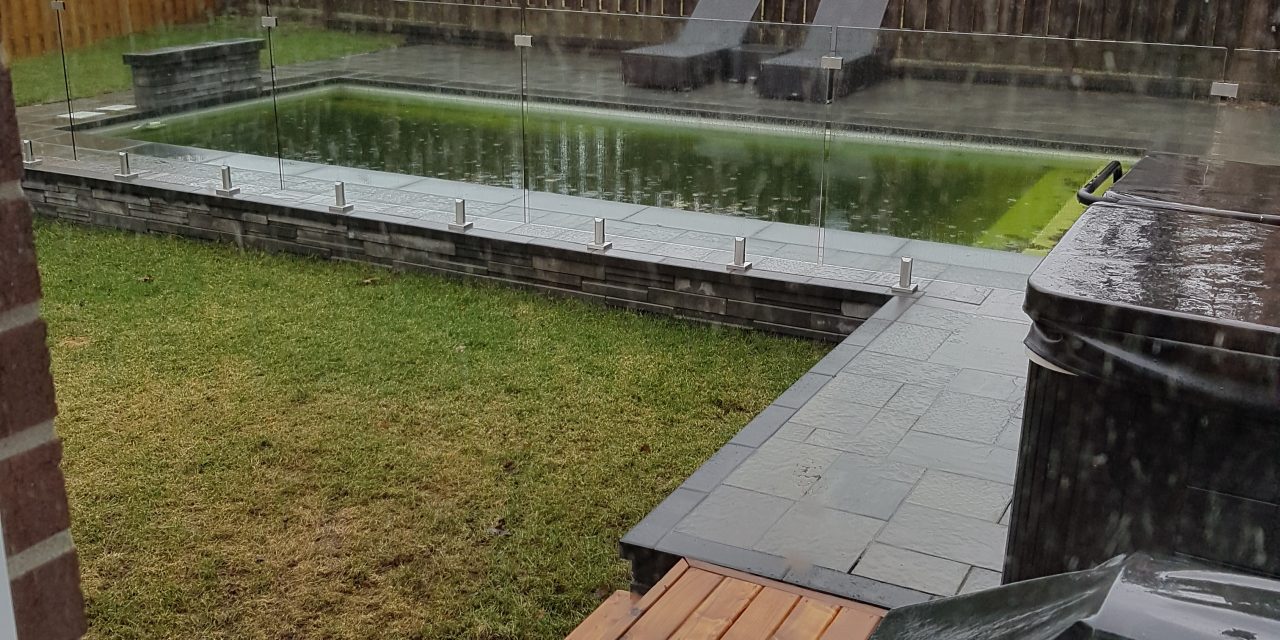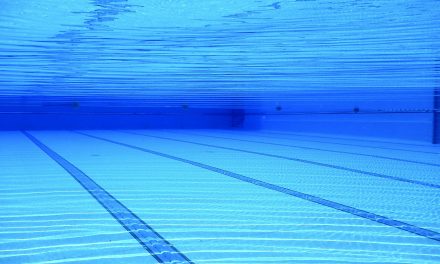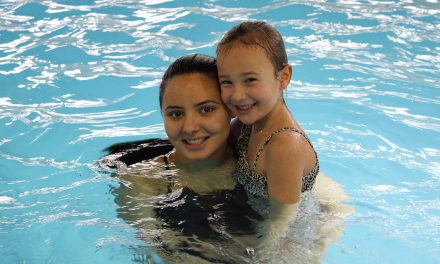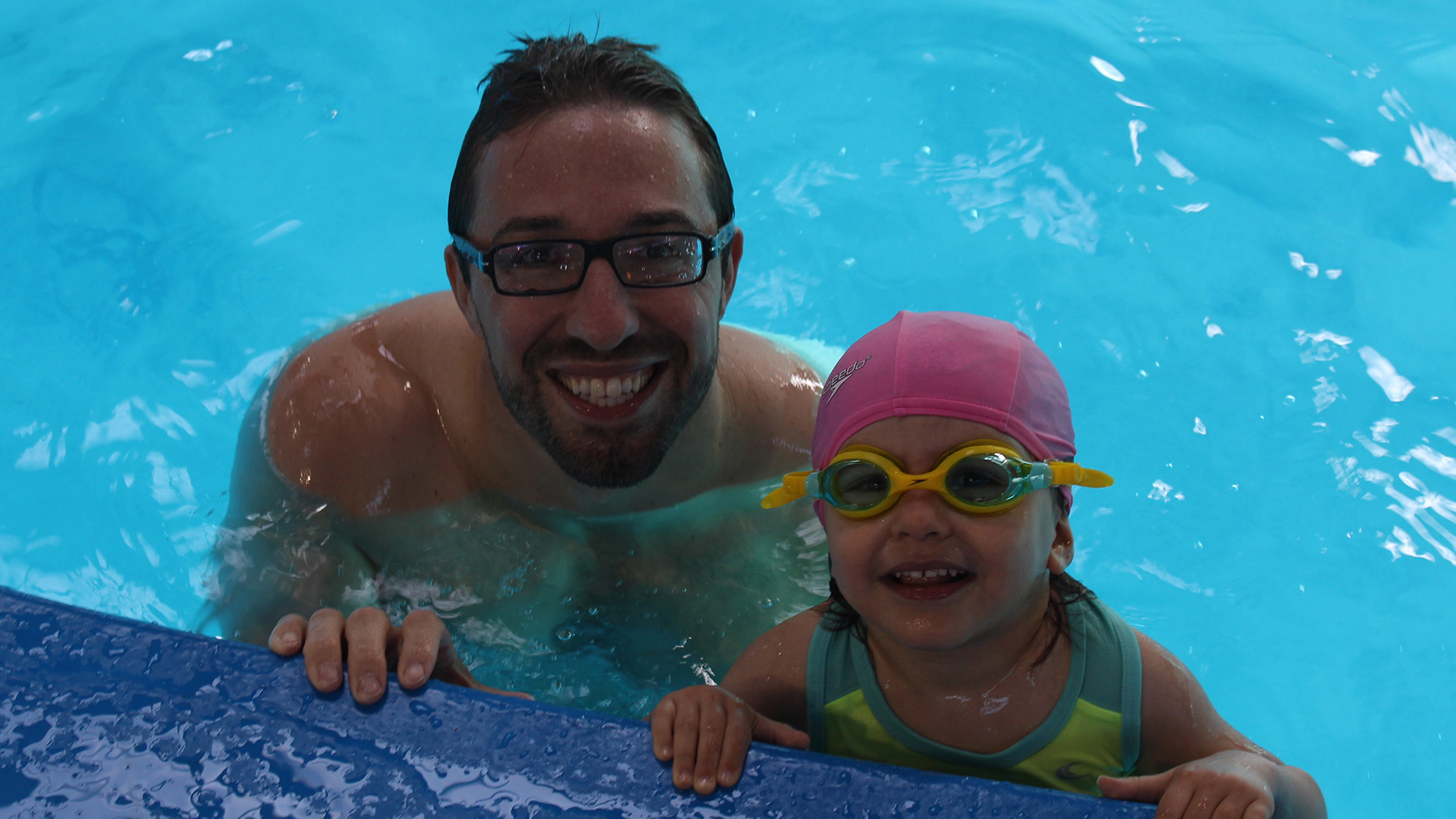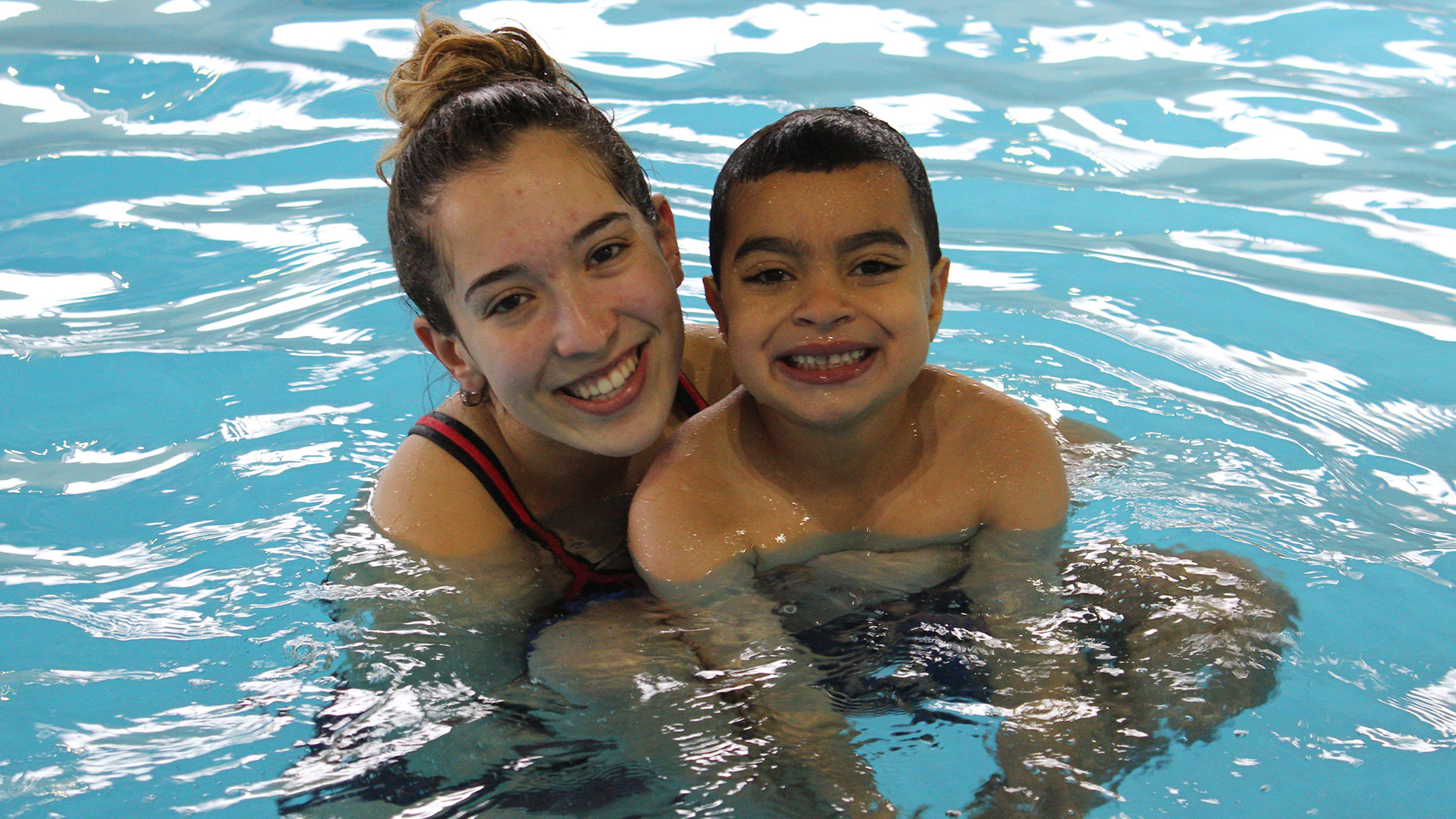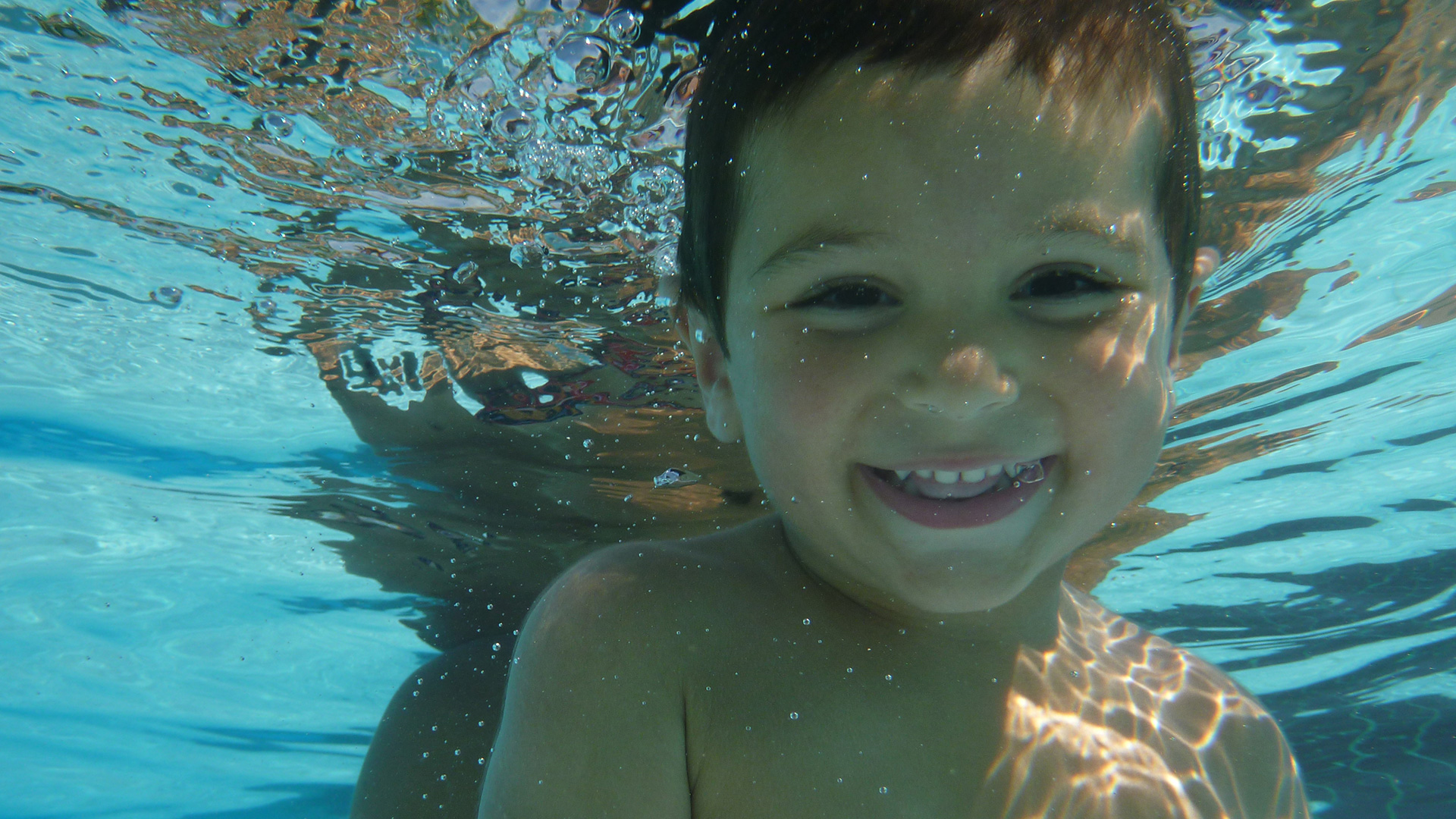In July 2010, the province of Quebec unveiled its “Residential Swimming Pool Safety Act“. This was a direct response to the frightening increase of drowning deaths among children. This Act goes a long way to setting good standards of safety and security.
Now it is a bit of a tedious read, so allow me to provide a summary. *Note this blog article should not be considered a replacement for said article. All readers are urged to read the act itself, and take the necessary steps to ensure their own swimming pools comply.
In short, the goal is to make your pool an unpenetrable fortress, so kids cannot get in. The main components of the Act stipulate as follows:
- For above ground pools with walls higher than 1.2m (approximately 4 feet) are required to have a ladder which possesses a self-closing, self-latching gate, or where the ladder is surrounded by a self-closing, self-latching gate
(all the following for inground and semi-inground pools):
- must be surrounded by a permanent fence of at least 1.2m in height (bushes, hedges are not sufficient)
- said fence must have a self-closing, self-latching gate
- said fence must prevent an object of 10cm from passing through it
- said fence must not be surrounded by any obstacles or equipment that a child could use to climb over it
Straightforward yes? Build a wall, secure the wall, prevent access.
Now while this regulation is an important step in the right direction, it only applies to post-July-2010 pool constructions. So while newer pools require it, pre-July-2010 pools often remain looking like this:
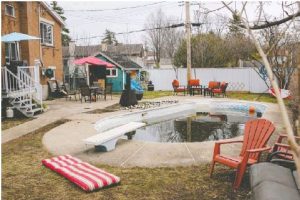
Essentially a hole filled with water in the middle of the backyard. Thus, more needs to be done to address this “grandfather clause”. While pre-2010 pool owners argue that they should not have the incur the high price of building a permanent fence, the discussion does need to be opened.
Some possible solutions include a separate set of regulations for pre-2010 constructions, which could permit temporary fencing (more affordable still effective).
We are heading in the right direction, but more must be done. We need to keep talking and implementing new strategies and regulations until not one more child drowns in a backyard pool.


